Home>Articles>How Many Gallons Per Minute (GPM) Is Ideal For Your Showerhead
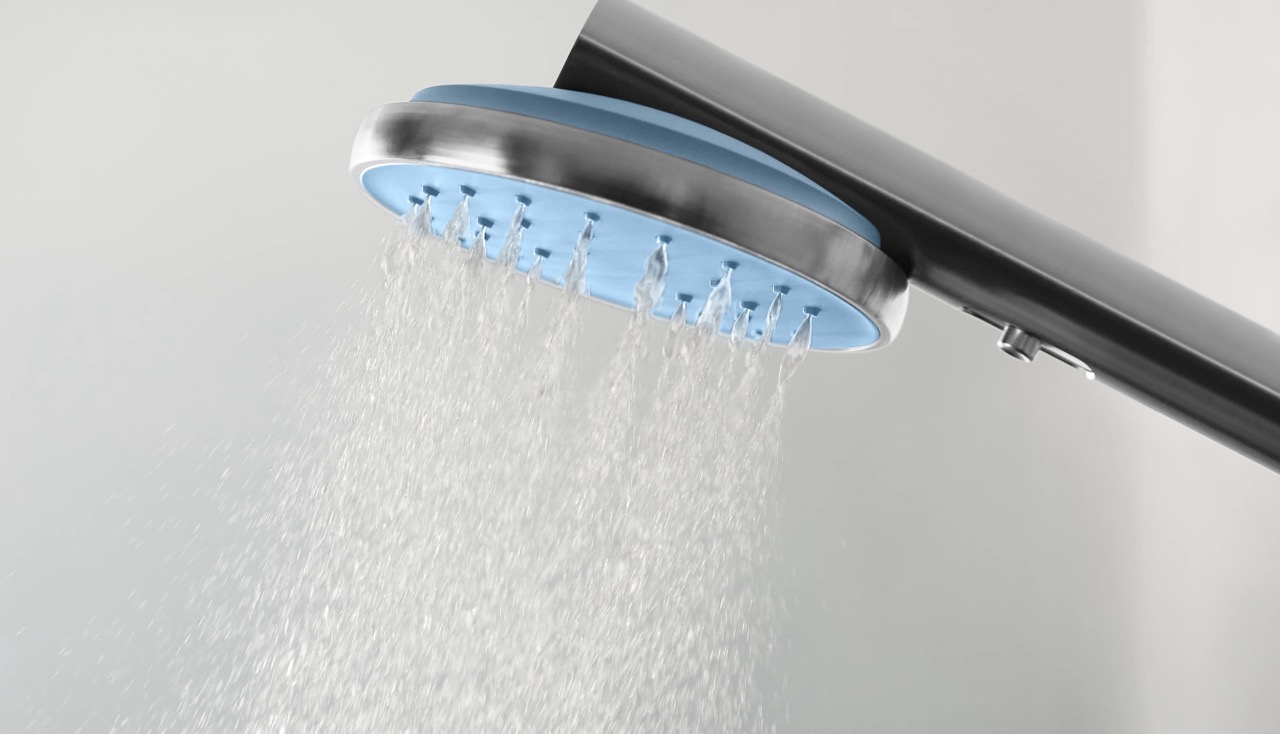

Articles
How Many Gallons Per Minute (GPM) Is Ideal For Your Showerhead
Modified: April 22, 2024
Looking for articles on how many gallons a minute a showerhead uses? Find all the information you need in our comprehensive guide.
(Many of the links in this article redirect to a specific reviewed product. Your purchase of these products through affiliate links helps to generate commission for Storables.com, at no extra cost. Learn more)
Introduction
When it comes to taking a shower, one of the most important factors to consider is the gallons per minute (GPM) of your showerhead. The GPM refers to the amount of water that flows through the showerhead in one minute.
Why does the GPM of a showerhead matter? Well, it has a significant impact on not only your water usage but also your overall shower experience. Understanding the GPM of your showerhead can help you make more informed decisions about water conservation and finding the right showerhead for your needs.
In this article, we will explore the importance of the GPM of a showerhead, the regulations and standards that govern showerhead flow, and how to measure the GPM of your own showerhead. We will also provide some tips for choosing a showerhead that conserves water without compromising on performance.
Key Takeaways:
- Choose a showerhead with a lower GPM, such as 2.0 or lower, to conserve water, save on utility costs, and contribute to environmental sustainability while still enjoying a satisfying shower experience.
- Understanding the regulations, average GPM for different types of showerheads, and factors affecting GPM can help you make informed decisions when selecting a water-efficient showerhead that aligns with your preferences and conservation goals.
Why the Gallons per Minute (GPM) of a Showerhead Matters
The GPM of a showerhead is important for several reasons. Firstly, it directly affects the amount of water you use while showering. The higher the GPM, the more water is being consumed with each minute of use. In a time when water scarcity is a pressing concern, being mindful of water usage is essential.
Additionally, the GPM of a showerhead can impact your water bill. Water is a precious resource, and using excessive amounts can result in higher utility costs. By choosing a showerhead with a lower GPM, you can significantly reduce your water consumption and save money in the long run.
Moreover, the GPM of a showerhead affects the pressure and overall experience of your shower. A lower GPM often means less water flow, resulting in a more gentle, soothing shower. On the other hand, a higher GPM can provide a more powerful and invigorating shower experience. Understanding your preferences for water pressure and flow is important when selecting a showerhead.
Another reason why the GPM of a showerhead matters is its environmental impact. By reducing your water usage through a lower GPM showerhead, you contribute to conserving water resources and minimizing the strain on local ecosystems. Conserving water is not only beneficial for the planet but also for future generations.
Understanding Showerhead Regulations and Standards
Showerhead regulations and standards vary depending on the country or region. These regulations aim to promote water conservation and efficiency by setting limits on the maximum allowable GPM for showerheads. Understanding these regulations can help you choose a showerhead that complies with the standards in your area.
In the United States, the Department of Energy (DOE) and the Environmental Protection Agency (EPA) play a significant role in regulating showerhead GPM. The current federal standard for showerheads is set at 2.5 GPM. This means that showerheads sold or manufactured in the United States must have a maximum flow rate of 2.5 gallons per minute or lower.
It is important to note that the 2.5 GPM limit typically applies to each individual showerhead in a multi-head shower system. For example, if you have two showerheads in your shower, each showerhead must comply with the 2.5 GPM limit. This regulation helps ensure that water is used efficiently, even in larger shower installations.
Other countries, such as Canada and European countries, also have regulations and standards regarding showerhead GPM. These standards may vary, so it is important to familiarize yourself with the local regulations and choose a showerhead that complies with them.
In addition to maximum flow rate regulations, some regions may also have labeling requirements for showerheads. These labels indicate the GPM of the showerhead and may include information on water efficiency ratings or certifications, such as the WaterSense label in the United States.
By understanding the regulations and standards in your area, you can ensure that the showerhead you choose not only meets the required GPM limit but also promotes water conservation and efficiency.
Average GPM for Different Types of Showerheads
Showerheads come in a variety of types, each with its own unique characteristics and water flow capabilities. The average gallons per minute (GPM) of a showerhead can vary depending on its design and functionality. Here are the average GPM ranges for different types of showerheads:
- Standard Fixed Showerheads: Standard fixed showerheads typically have an average GPM ranging from 2.0 to 2.5. These are the most common types of showerheads found in households and are often limited to the maximum GPM set by regulations.
- Low-Flow Showerheads: Low-flow showerheads are designed to reduce water consumption while still providing a satisfying shower experience. These showerheads have an average GPM ranging from 1.5 to 2.0. They achieve water savings by incorporating features such as aerators or flow restrictors.
- Rainfall Showerheads: Rainfall showerheads are known for their wide spray coverage and gentle rain-like flow. The average GPM of rainfall showerheads can vary, but it is typically around 2.5. However, there are also low-flow rainfall showerheads available that have a lower GPM, usually in the range of 1.5 to 2.0.
- Handheld Showerheads: Handheld showerheads offer versatility and convenience by allowing you to direct the water flow wherever you need it. The average GPM for handheld showerheads ranges from 2.0 to 2.5. Some handheld showerheads may have adjustable spray settings that can affect the GPM.
- High-Pressure Showerheads: High-pressure showerheads are designed to provide a powerful and invigorating shower experience. These showerheads usually have a higher average GPM compared to standard showerheads, ranging from 2.5 to 3.0 or even higher.
Keep in mind that these average GPM ranges are general guidelines and can vary depending on the specific make and model of the showerhead. Additionally, variations in water pressure can also impact the actual flow rate experienced during a shower.
Understanding the average GPM for different types of showerheads can help you narrow down your options and choose a showerhead that aligns with your preferences for water flow and conservation.
Consider installing a low-flow showerhead to save water. The average flow rate for a standard showerhead is 2.5 gallons per minute, while a low-flow showerhead can reduce that to 2 gallons per minute or less.
Factors Affecting the GPM of a Showerhead
Several factors can influence the gallons per minute (GPM) of a showerhead. These factors can affect the water flow and ultimately determine the GPM of the showerhead. Understanding these factors can help you make an informed decision when choosing a showerhead. Here are some key factors that can impact the GPM of a showerhead:
- Water Pressure: Water pressure plays a significant role in the GPM of a showerhead. Higher water pressure can result in a higher GPM, providing a more powerful shower experience. Conversely, lower water pressure will result in a lower GPM as less water is being delivered through the showerhead.
- Showerhead Design: The design and construction of the showerhead can affect its GPM. Different showerhead designs, such as rain showers or high-pressure showerheads, may have specific mechanisms that control the flow of water. These design features can impact the GPM by either increasing or decreasing the flow rate.
- Aerators or Flow Restrictors: Many modern showerheads are equipped with aerators or flow restrictors. These devices are installed within the showerhead to limit the amount of water flowing through the showerhead. They can help conserve water by reducing the GPM without compromising the shower experience.
- Water Supply Pipe Size and Plumbing: The size of the water supply pipes and the overall plumbing system in your home can also affect the GPM of a showerhead. If the pipes and plumbing are too small or have restrictions, it can limit the water flow and result in a lower GPM.
- Valve Types: The type of valve used in your shower system can impact the GPM. Different valves, such as pressure-balancing valves or thermostatic valves, may have specific flow rate regulations that can affect the overall GPM of the showerhead. It is essential to ensure that the valve is compatible with the desired GPM of the showerhead.
It is important to consider these factors when selecting a showerhead and determining the desired GPM. Personal preferences for water flow, water conservation, and shower experience should be taken into account. Choosing a showerhead that balances these factors can result in a satisfying shower while still being mindful of water usage.
Read more: How Many Gallons Per Minute Is A Garden Hose
How to Measure the GPM of Your Showerhead
Measuring the gallons per minute (GPM) of your showerhead is a straightforward process that requires only a few tools. By knowing the GPM of your showerhead, you can assess its water efficiency and make informed decisions about potential water conservation measures. Here is a step-by-step guide on how to measure the GPM of your showerhead:
- Turn off all other water sources: Before beginning the measurement, make sure to turn off all other water sources in your home, including faucets and other showers.
- Gather the necessary tools: To measure the GPM, you will need a bucket or a large container with known volume markings, a stopwatch or a timer, and a measuring cup or a scale for more accurate readings.
- Place the container beneath the showerhead: Position the container directly below the showerhead, ensuring that it can collect all the water flowing from the showerhead.
- Turn on the shower: Turn on the shower to your desired water pressure and temperature. Allow the water to flow into the container for exactly one minute.
- Measure the collected water: After one minute, carefully remove the container and measure the amount of water collected. Use the markings on the bucket or container to determine the volume. If you have a measuring cup or a scale, you can use it for more accurate readings.
- Calculate the GPM: To calculate the GPM, divide the volume of water collected (in gallons) by the length of time (in minutes) that the water was collected. For example, if you collected 1.5 gallons of water in one minute, the GPM would be 1.5.
It is important to note that the GPM measurement might vary slightly due to fluctuations in water pressure or other factors. To ensure a more accurate measurement, you can repeat the process multiple times and calculate the average GPM.
By measuring the GPM of your showerhead, you can assess its efficiency and determine whether it meets the desired water conservation standards. This information can help you make informed decisions about potential replacements or adjustments to your showerhead to enhance water efficiency.
Tips for Choosing the Right Showerhead to Conserve Water
Choosing a showerhead that conserves water is an excellent way to reduce your water consumption and contribute to a more sustainable lifestyle. With several options available in the market, it can be overwhelming to find the right showerhead. Here are some tips to help you choose a showerhead that effectively conserves water without compromising your shower experience:
- Look for WaterSense certification: WaterSense is a program in the United States that labels water-efficient products, including showerheads. Look for the WaterSense label when choosing a showerhead, as it indicates that it meets specific water efficiency criteria and performs well.
- Consider the GPM: Choose a showerhead with a lower GPM to conserve water. Look for showerheads with a GPM of 2.0 or lower, as these are designed to provide efficient water flow while still delivering a satisfying shower experience.
- Opt for aerators and flow restrictors: Showerheads equipped with aerators or flow restrictors help reduce water consumption by limiting the amount of water flowing through the showerhead. These features can decrease the GPM without compromising water pressure or shower quality.
- Choose a low-flow or water-saving showerhead: Low-flow showerheads are specifically designed to use less water while maintaining a comfortable shower experience. Look for showerheads that are labeled as “low-flow” or explicitly mention water-saving features.
- Consider showerhead technologies: Some modern showerheads incorporate innovative technologies that enhance water efficiency. For example, advanced spray patterns, air-infused water, or temperature-controlled features can optimize water usage and create a enjoyable shower experience while conserving water.
- Read online reviews and ratings: Before purchasing a showerhead, read online reviews and ratings from other customers. This can provide insights into the water-saving capabilities and overall performance of the showerhead.
- Consult with a professional: If you are unsure about which water-saving showerhead to choose, consider consulting with a plumbing professional or a knowledgeable salesperson. They can provide guidance and recommend showerheads that meet your specific water conservation goals and preferences.
- Consider the installation: Take into account the ease of installation and compatibility with your existing shower setup. Some showerheads require a specific type of mounting or may need additional fixtures or adapters.
By following these tips, you can choose a showerhead that not only helps conserve water but also provides an enjoyable and satisfying shower experience. Remember, every drop counts, and making a conscious choice towards water-efficient showerheads can make a significant difference in conserving our precious water resources.
Conclusion
Choosing the right showerhead with optimal gallons per minute (GPM) is essential for both water conservation and a satisfying shower experience. By understanding the importance of the GPM of a showerhead and the impact it has on water usage, water bills, and the environment, you can make informed decisions when selecting a showerhead.
Regulations and standards governing showerhead GPM vary by country or region, so it’s crucial to familiarize yourself with these guidelines. In the United States, the current federal standard for showerheads is 2.5 GPM, but other regions may have different limits. Compliance with these regulations ensures that water is used efficiently and responsibly.
The average GPM for different types of showerheads can range from 2.0 to 2.5, depending on factors such as design, water pressure, and desired flow. Low-flow showerheads, rainfall showerheads, handheld showerheads, and high-pressure showerheads all offer different GPMs to cater to individual preferences and water-saving goals.
Several factors can influence the GPM of a showerhead, including water pressure, design, aerators, and water supply pipe size. Understanding these factors helps you choose a showerhead that aligns with your desired water flow, conservation efforts, and shower experience.
Measuring the GPM of your showerhead is a simple process that involves collecting water for one minute and calculating the volume. This measurement provides insight into its water efficiency and can guide you in making decisions for water conservation.
When choosing a showerhead to conserve water, consider looking for WaterSense certification, opting for lower GPMs, selecting showerheads with aerators or flow restrictors, and reading reviews and ratings from other customers. Consulting with professionals and considering ease of installation are also helpful in finding the right showerhead.
In conclusion, selecting a showerhead with an appropriate GPM is crucial for saving water, reducing utility costs, and promoting environmental sustainability. Make a conscious choice to conserve water by choosing a water-efficient showerhead that aligns with your preferences, and enjoy a refreshing and responsible shower experience.
Frequently Asked Questions about How Many Gallons Per Minute (GPM) Is Ideal For Your Showerhead
Was this page helpful?
At Storables.com, we guarantee accurate and reliable information. Our content, validated by Expert Board Contributors, is crafted following stringent Editorial Policies. We're committed to providing you with well-researched, expert-backed insights for all your informational needs.

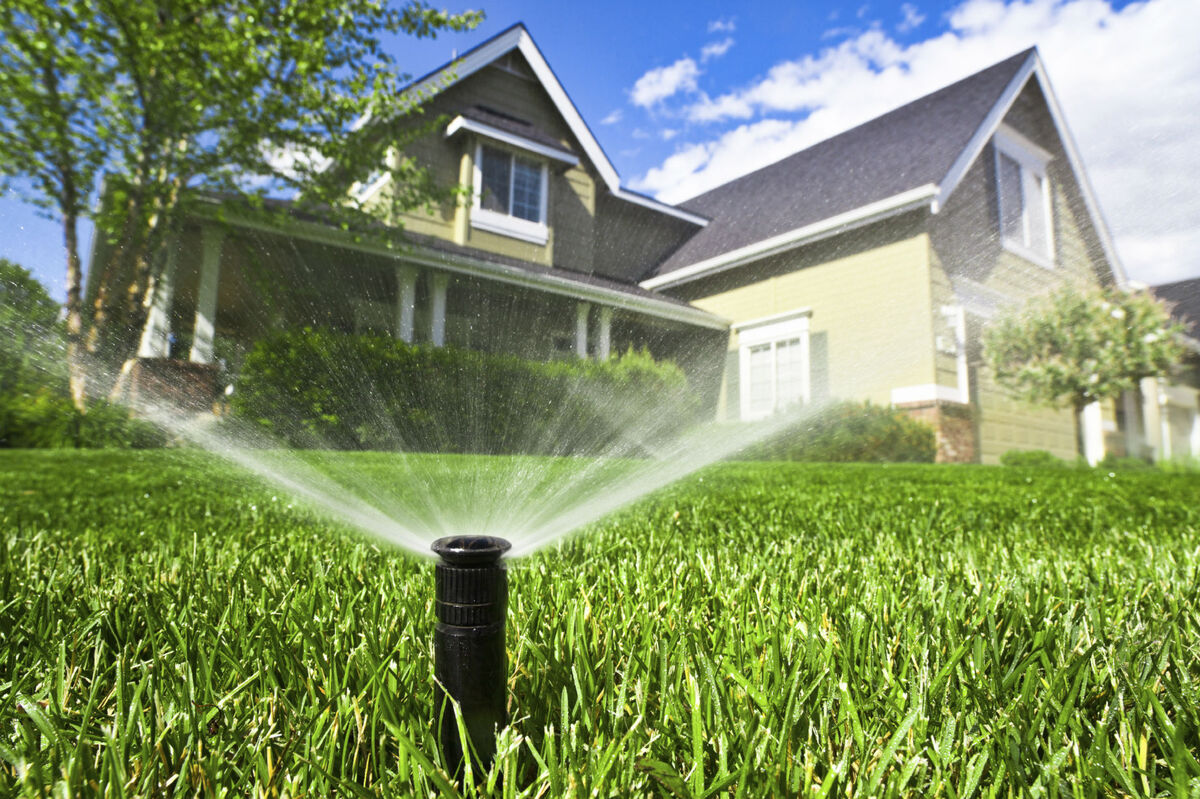
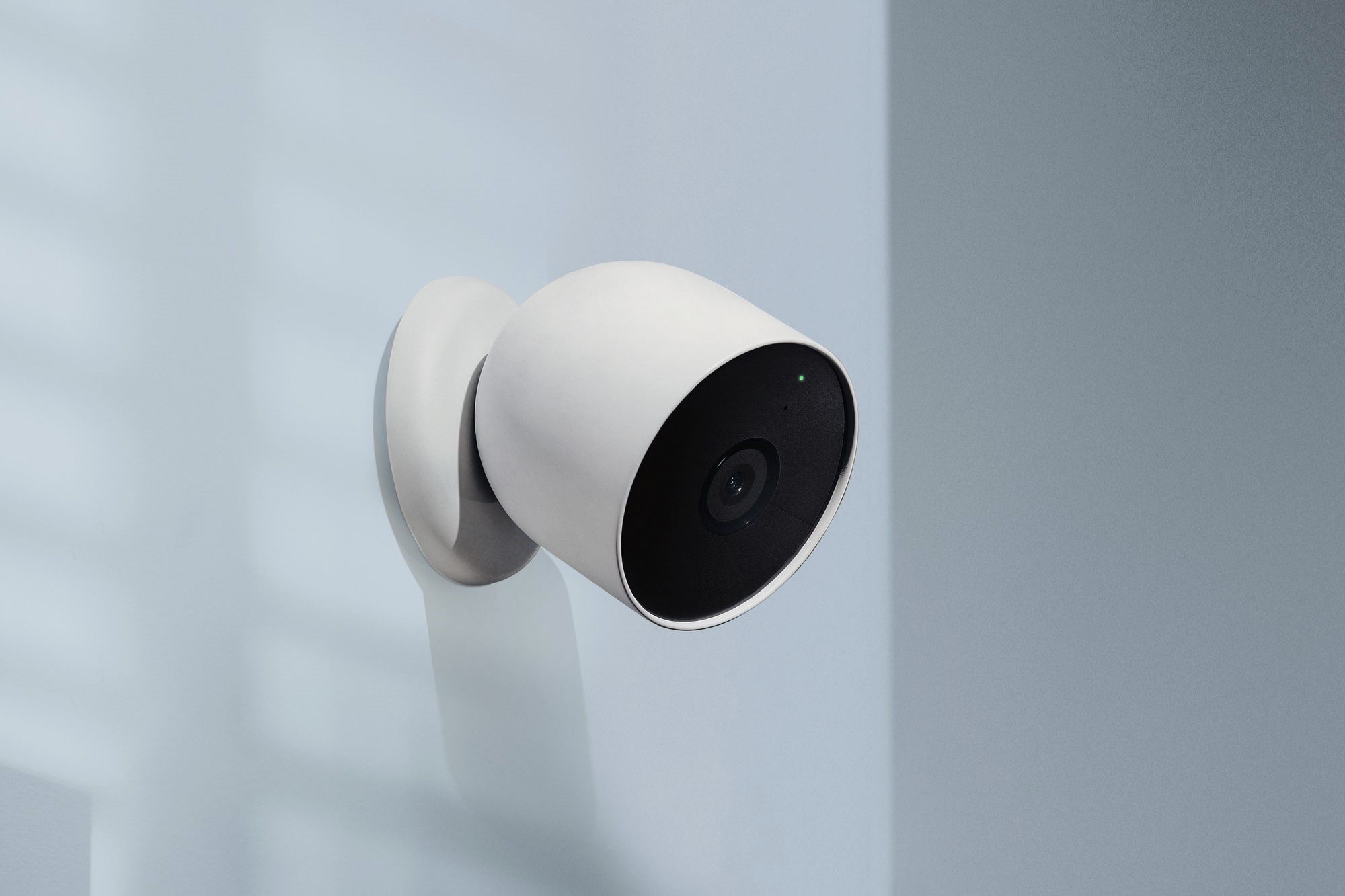
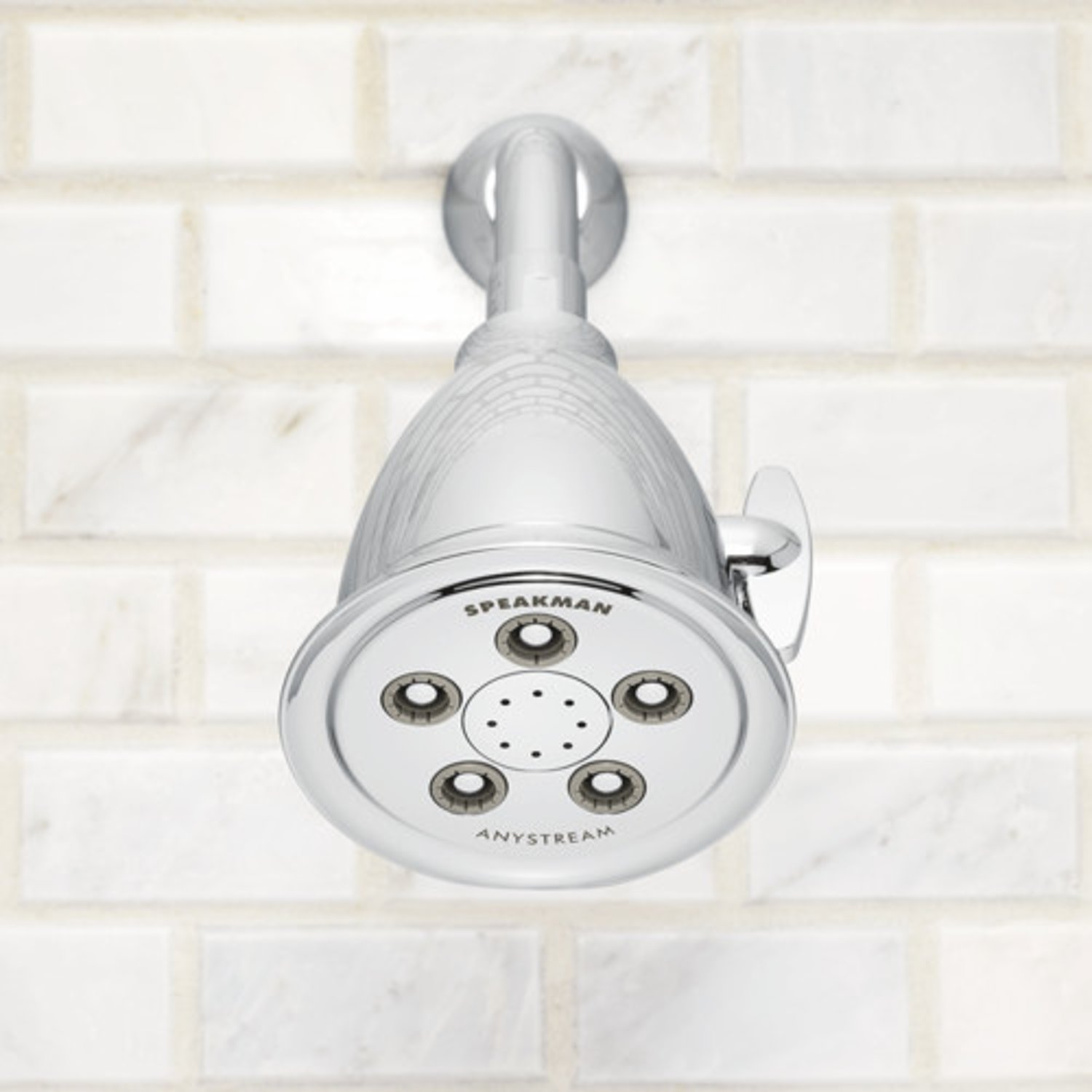
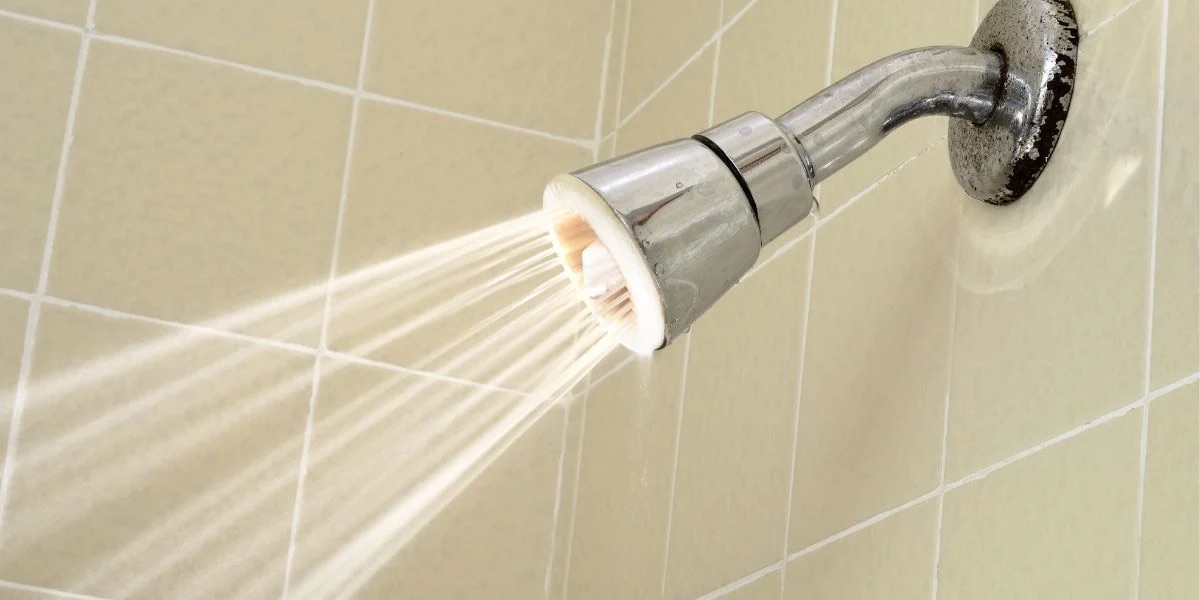
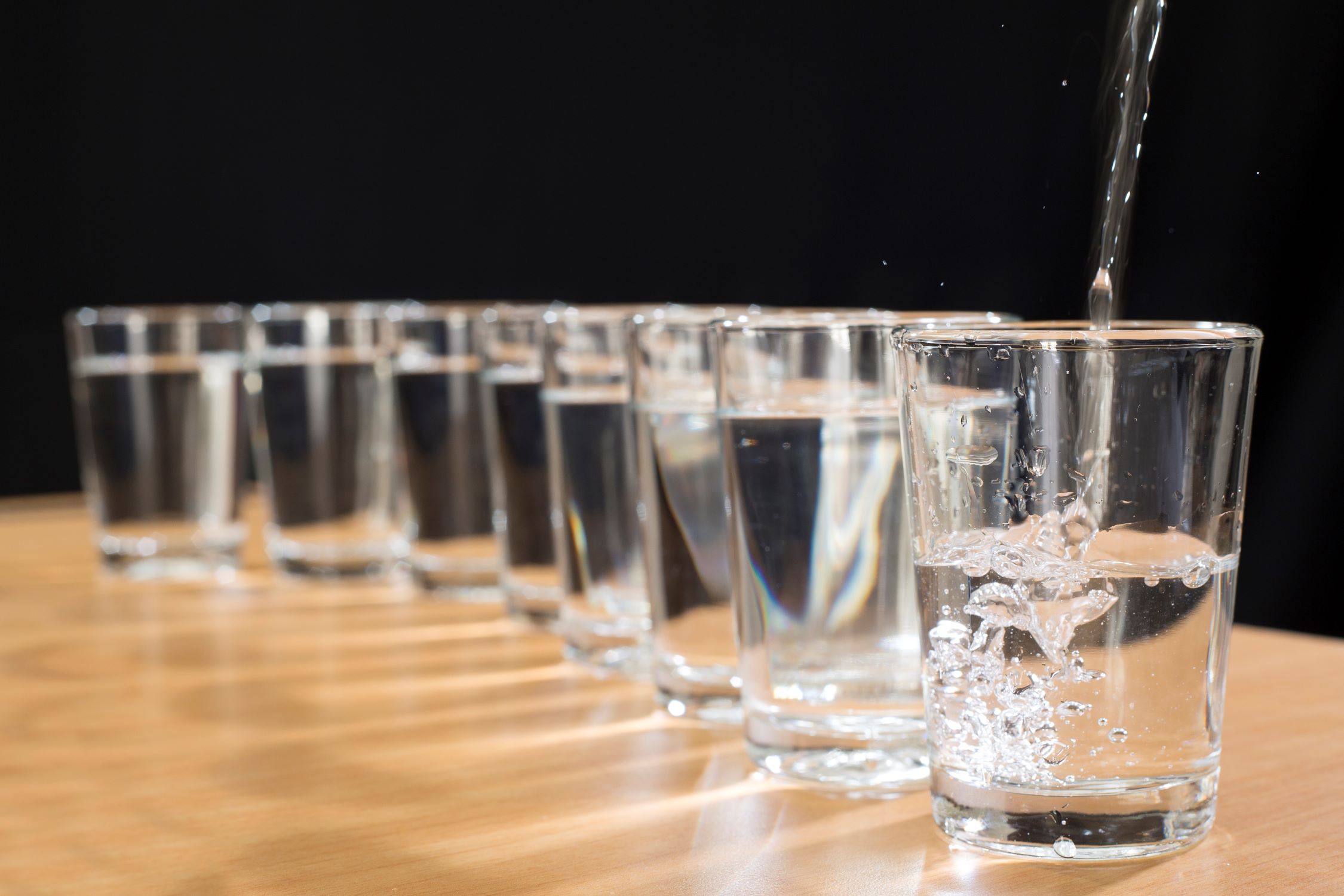
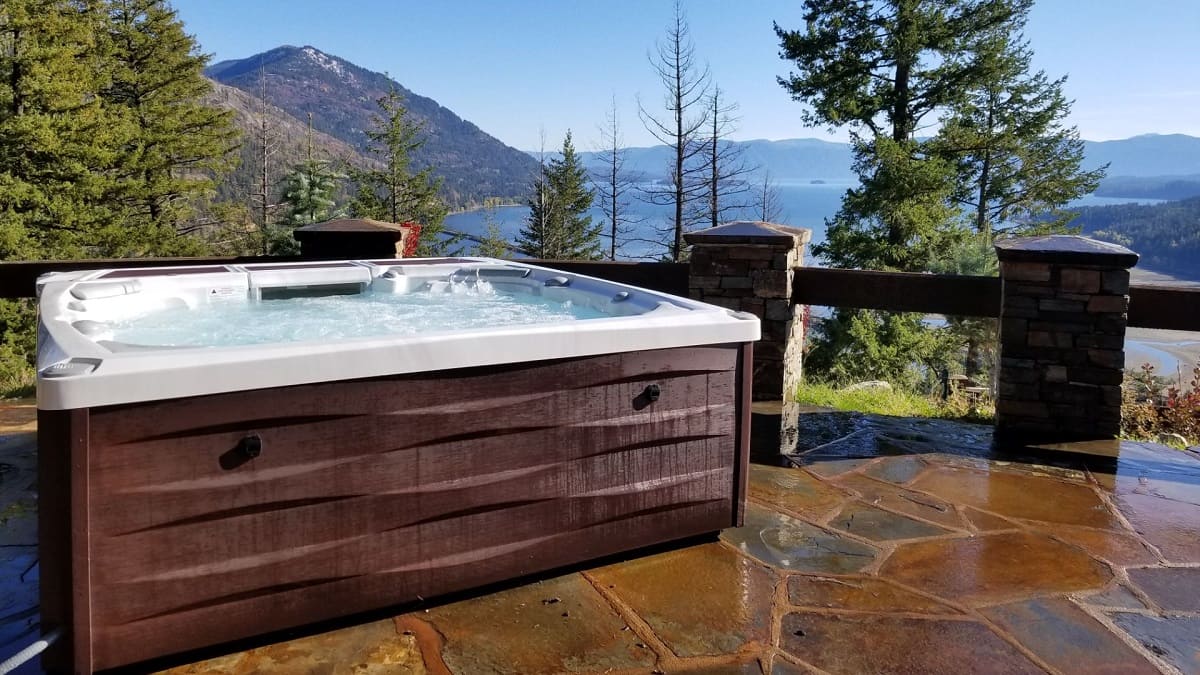

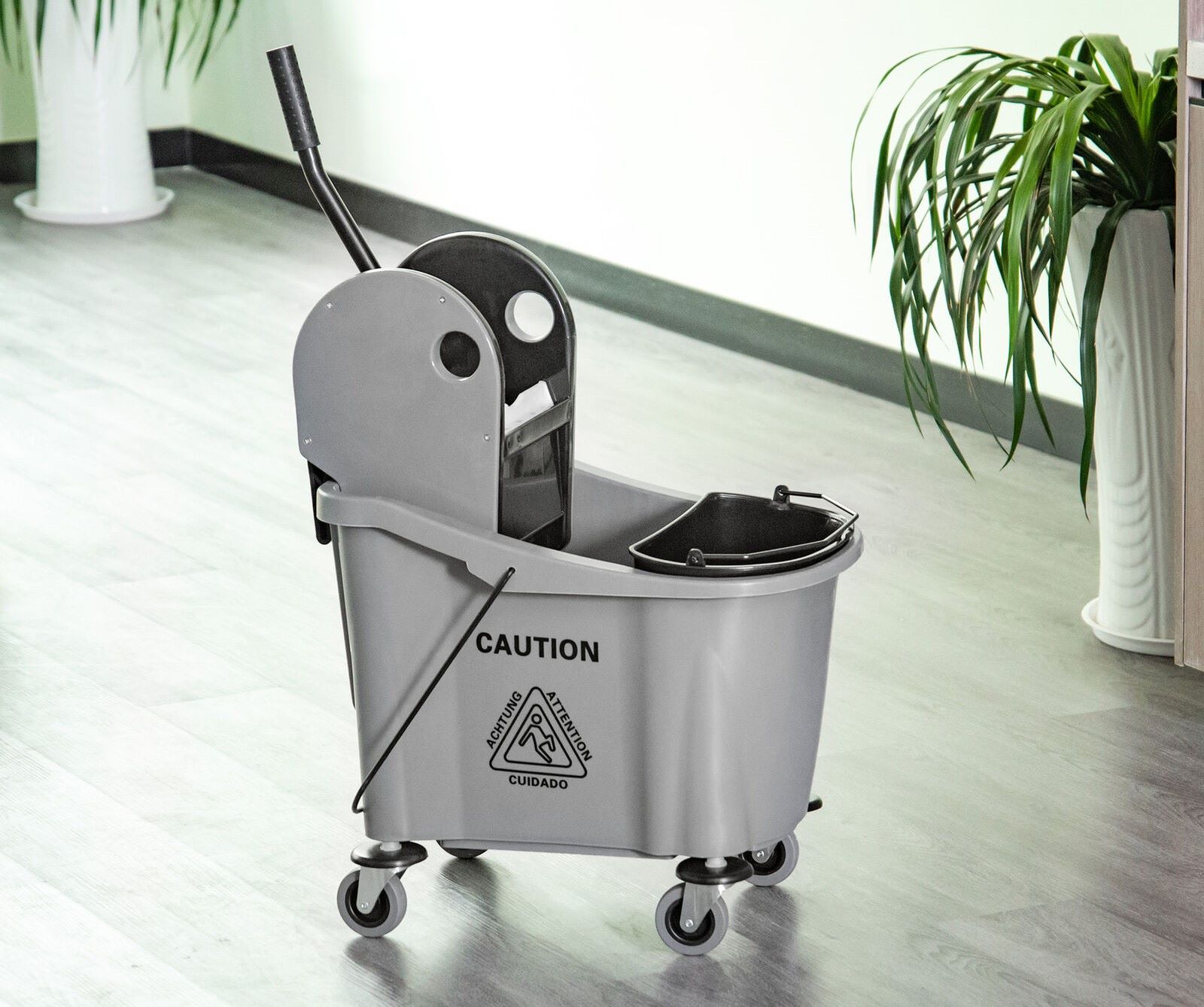

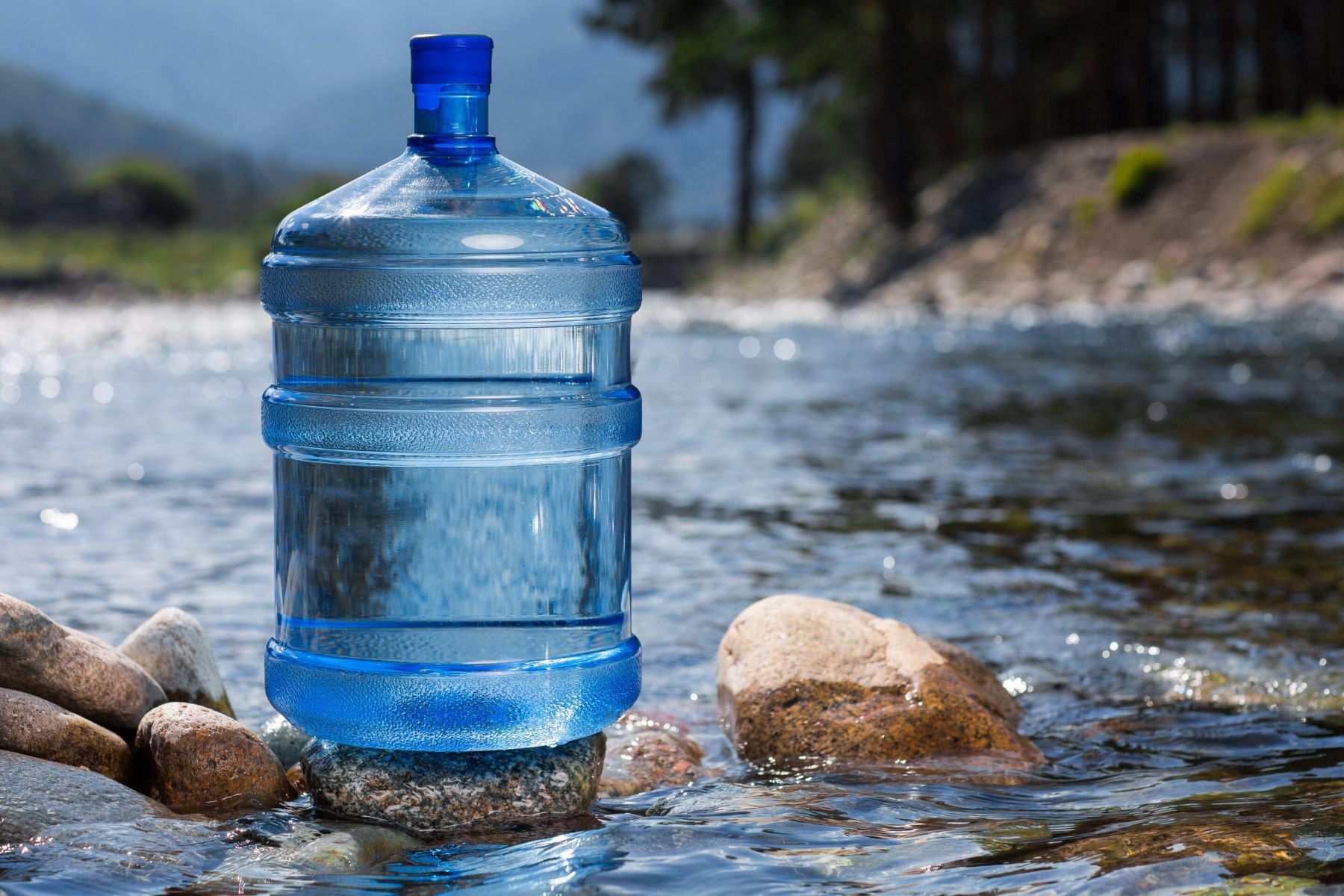
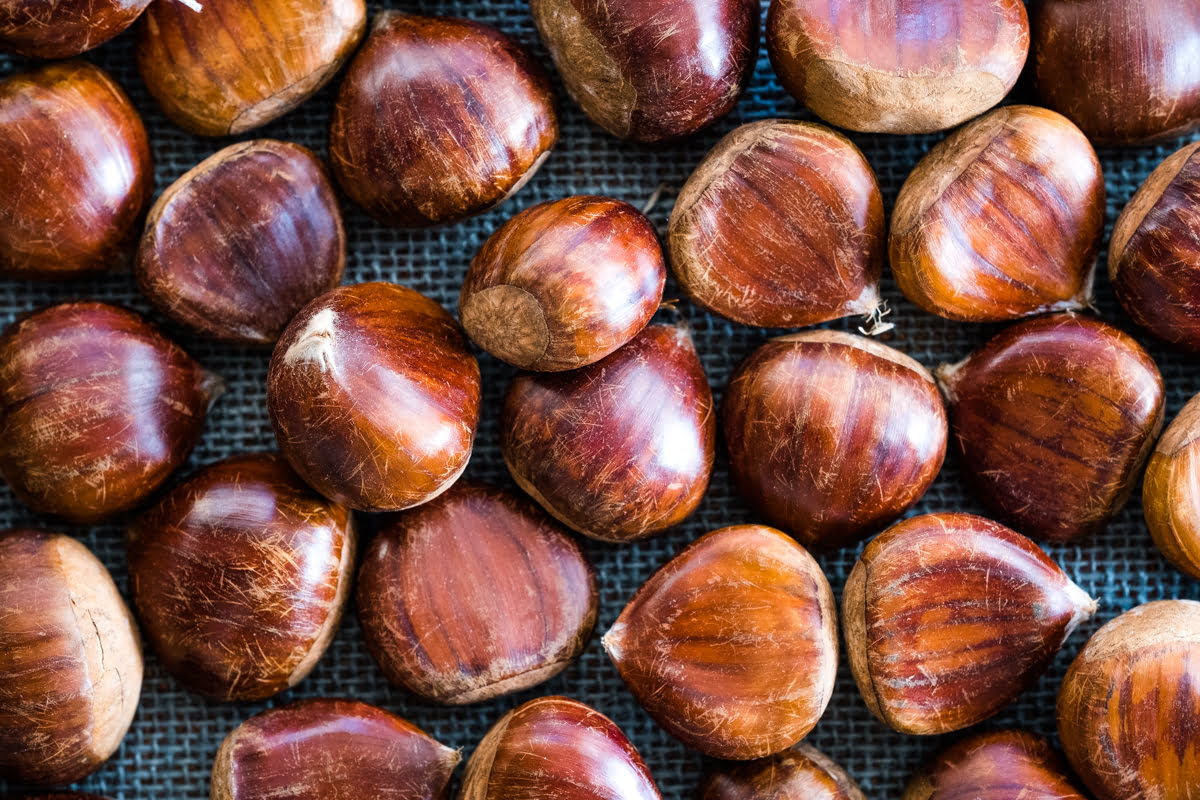
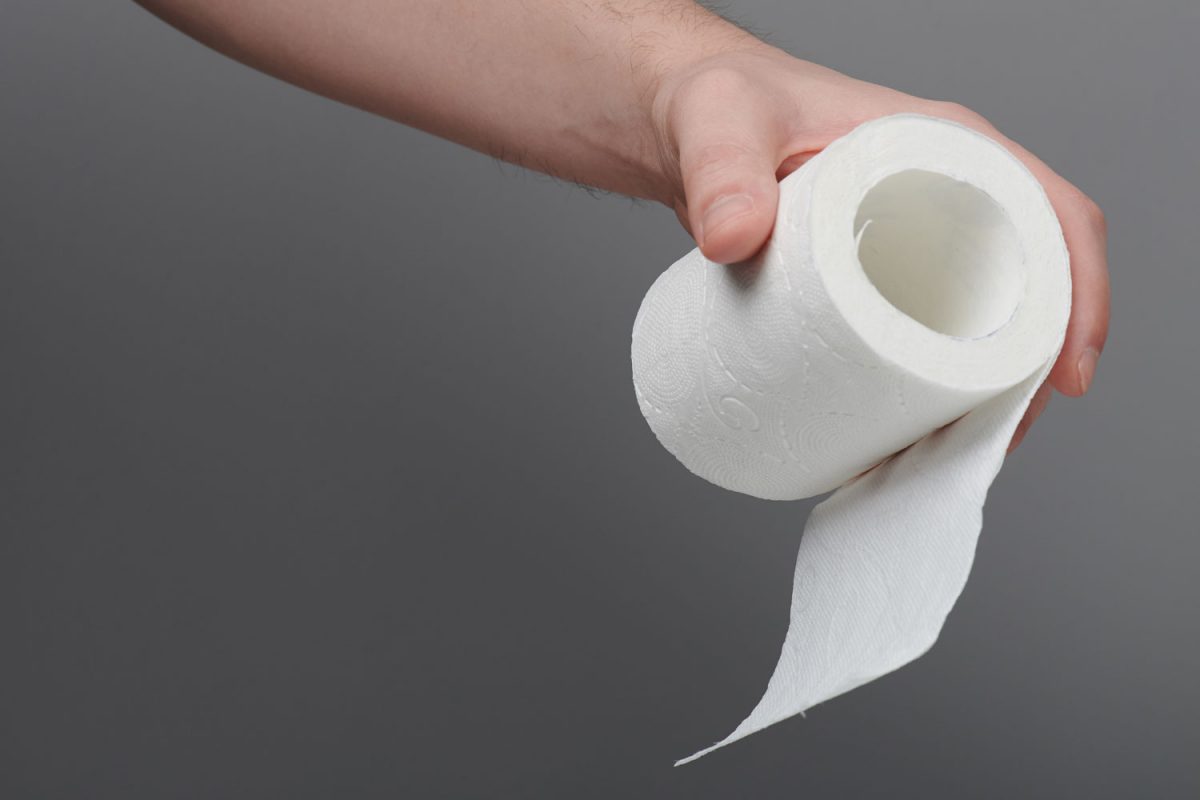
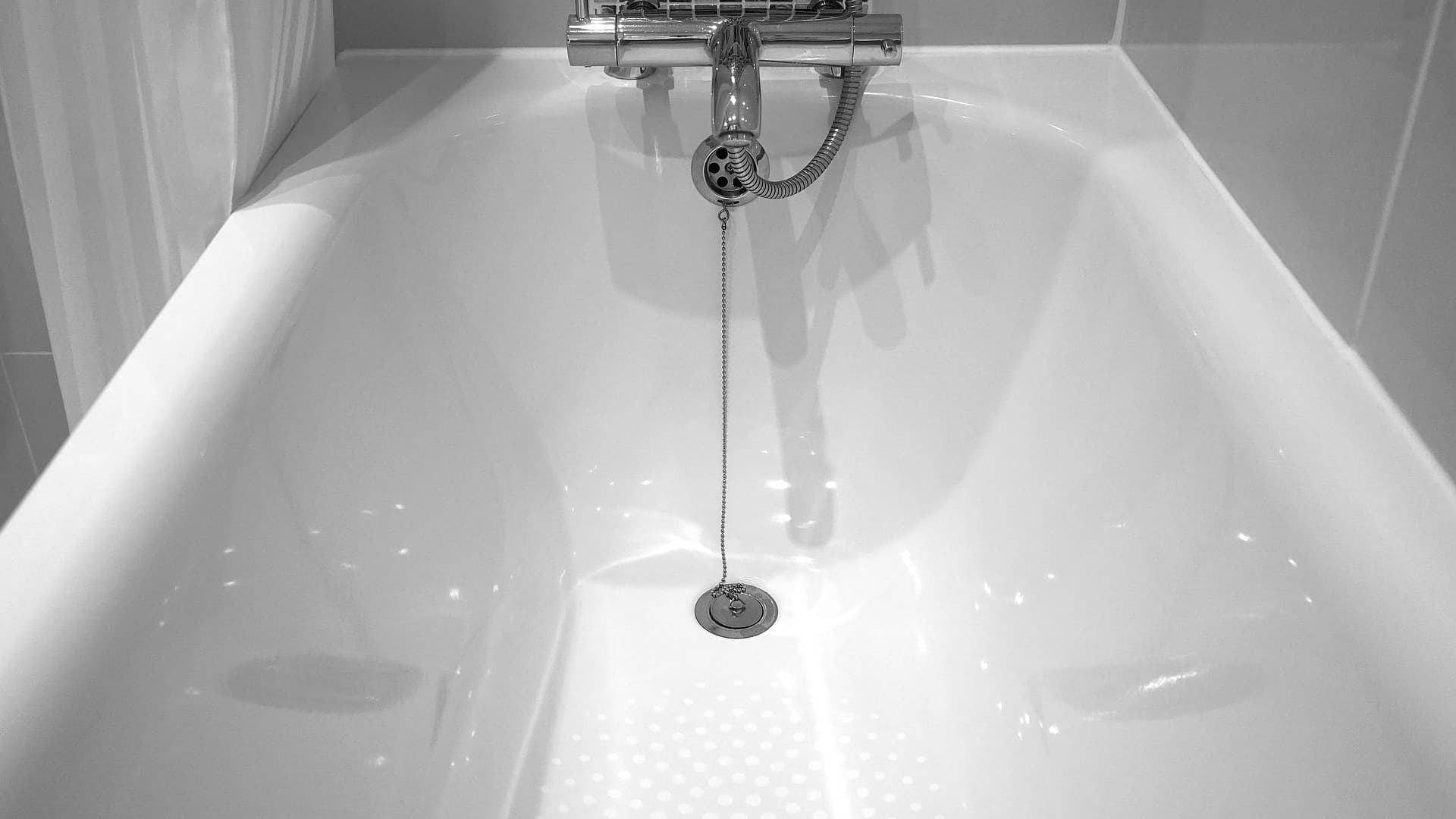

0 thoughts on “How Many Gallons Per Minute (GPM) Is Ideal For Your Showerhead”